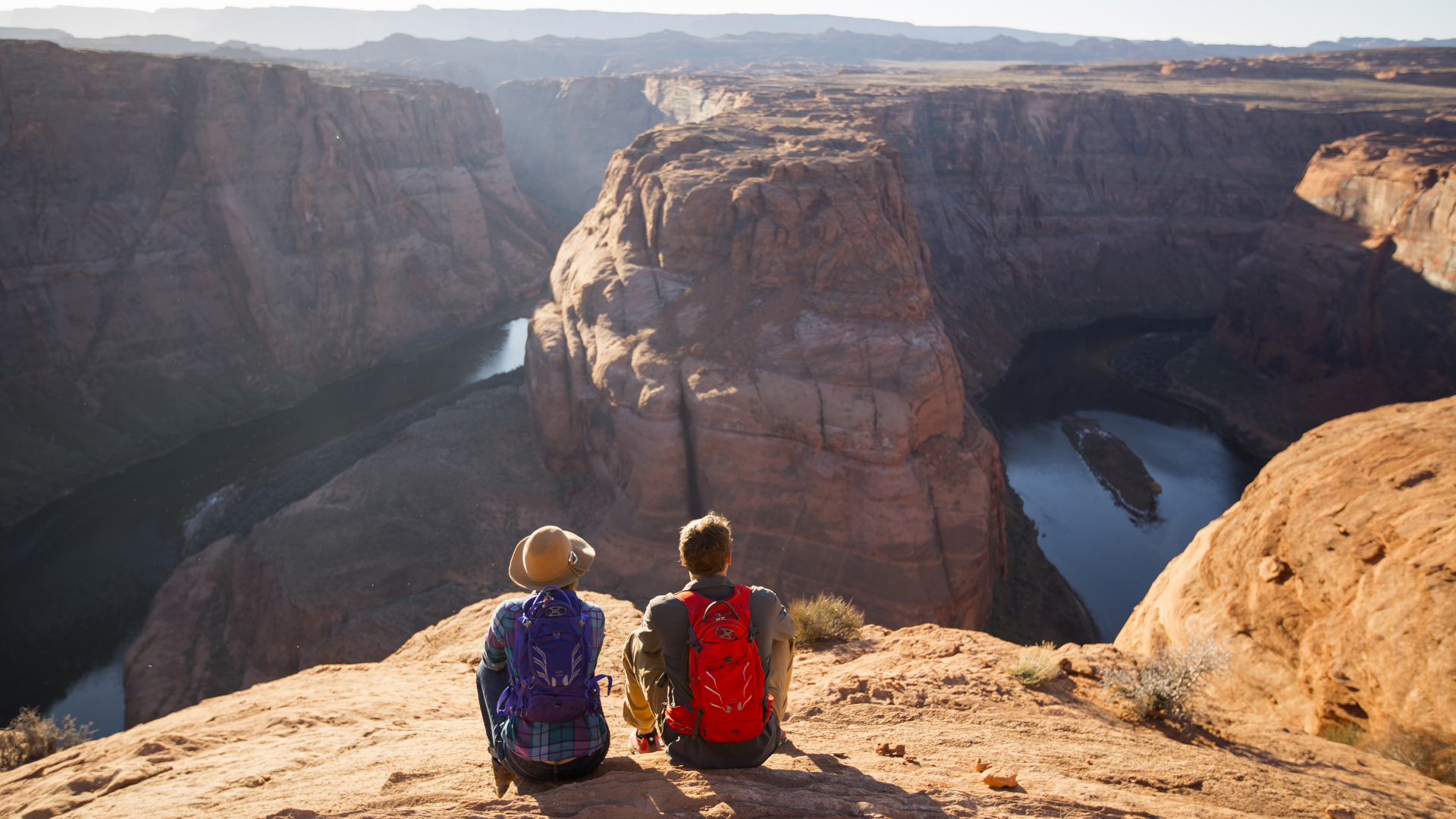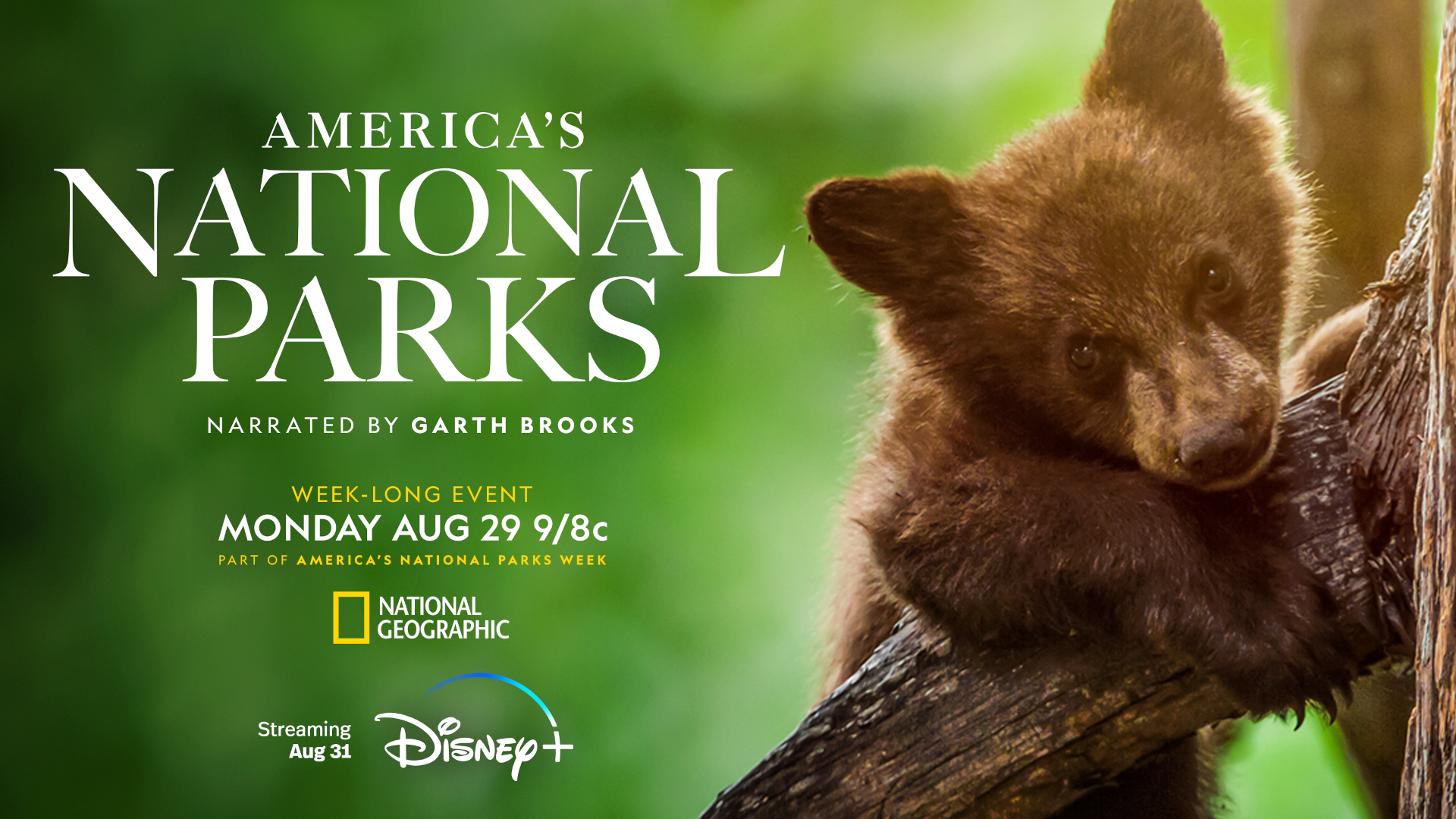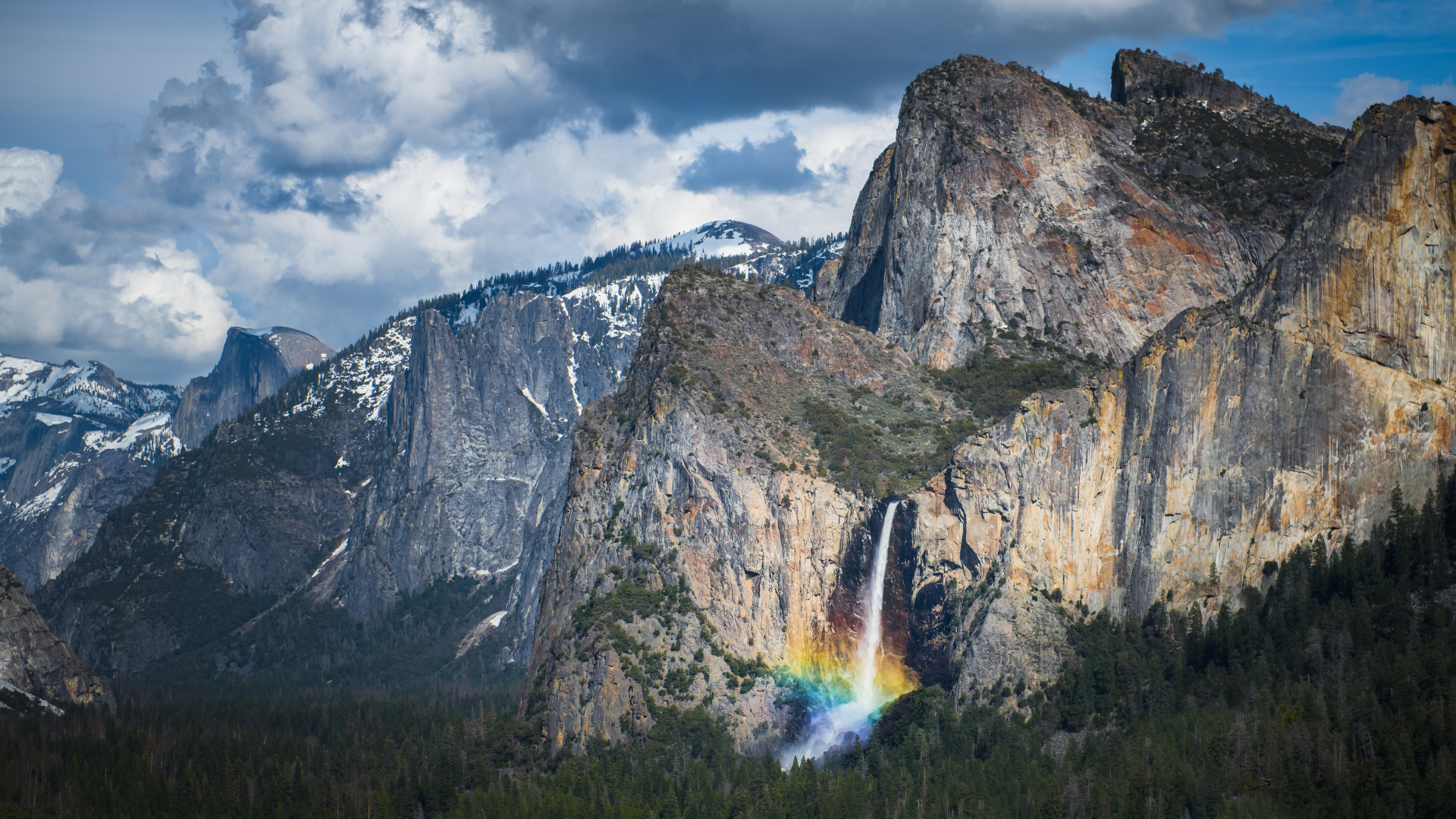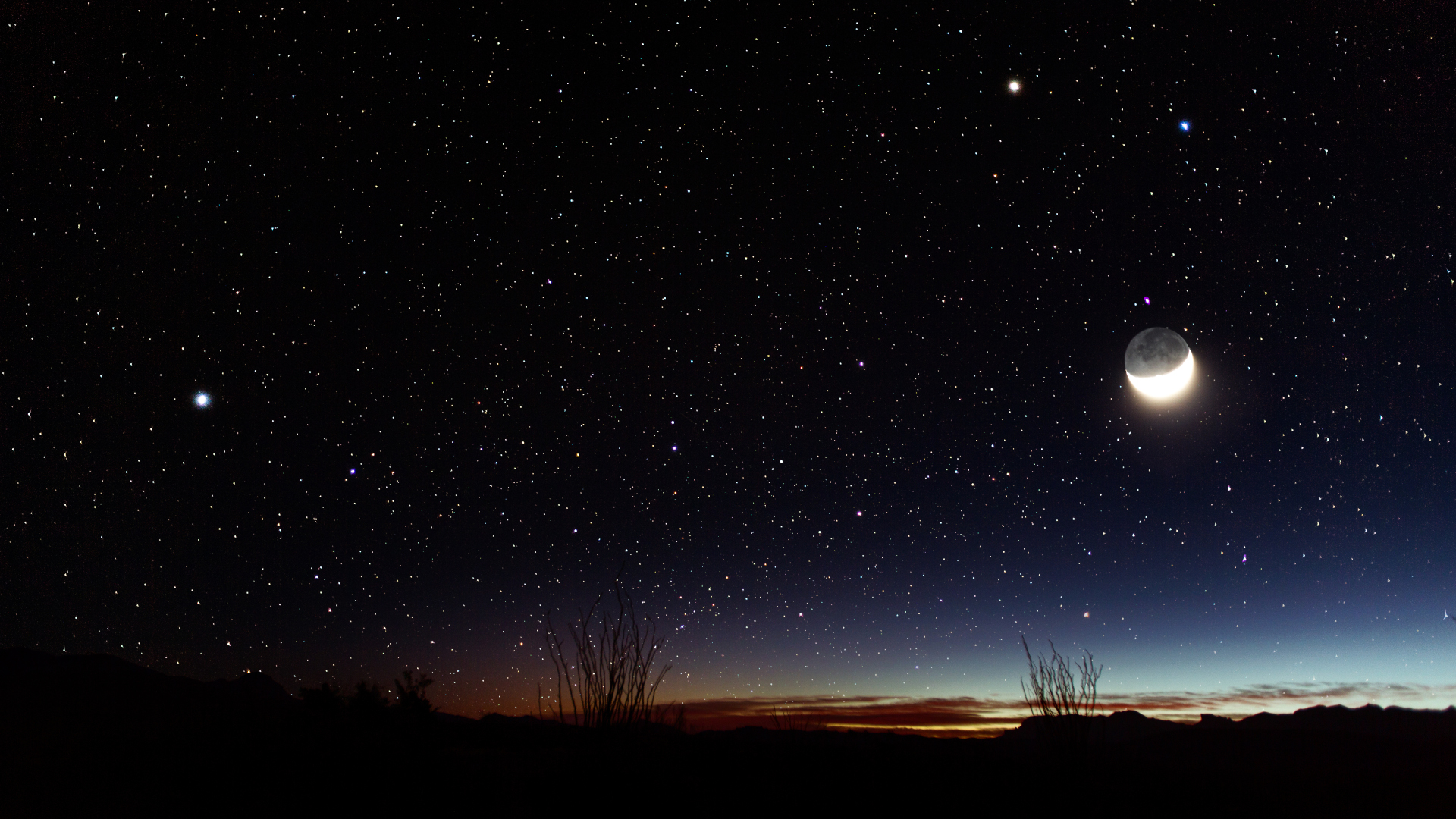New NatGeo docu series offers never-before-seen glimpse into America’s National Parks
We sit down with the executive producer of America’s National Parks to discuss precious landscapes, ecosystems and bats

A new National Geographic docu series is coming to your screens on Monday, August 29 featuring country superstar Garth Brooks and first lady Jill Biden that promises to showcase North America's natural wonders and iconic wildlife as you have never seen them before. America’s National Parks will deliver two sets of five episodes, with the first round showcasing the splendor of diverse landscapes such as the Grand Canyon, Yosemite, Hawaii Volcanoes, Big Bend and Badlands.
Here at Advnture, we can’t get enough of America’s National Parks, whether we’re viewing the geothermal wonders of Yellowstone or strolling among nature’s giants at Redwood, so we were thrilled to sit down with Anwar Mamon, executive producer of the show, and find out what makes this series so special.

Mamon, a British director who was the first to capture the northern lights in real-time for broadcast television using specialist low-light cameras, had only visited Yosemite and the Grand Canyon prior to making the show, and says the appeal for him was getting a closer look at these iconic spaces that many of us just skim the surface of.
“One of the most amazing things for me as a Brit visiting American National Parks is that they’re so accessible, but I think the flipside to that is that they’re so accessible that most people just scratch the surface,” says Mamon, who has spent two years working on the series and is still editing and finishing the final episodes. Though you’ll be able to view the show from the comfort of your own home, technology such as drones and low light technology actually gets you closer to nature than ever before, all without leaving a footprint.
“If I wanted anyone to come away with anything, it’s just how diverse and how more special these places are than you might first imagine, and how different and precious they are and how there’s more to protecting them than you might realize.”

“Many visitors to the Grand Canyon just go to the South Rim – that’s what I did – and there is so much more there that you just wouldn’t be aware of. Things like the Kaibab Forest, which I had no knowledge of until I was on this project, that there were squirrels living in the Grand Canyon when you think it’s just desert and rock.”
In fact, despite the fact that he’d visited it previously, Mamon says that even after visiting 10 different parks, the Grand Canyon remains his favorite.
All the latest inspiration, tips and guides to help you plan your next Advnture!
“It’s always special to me. Each time I’ve been it still takes my breath away, just understanding the geological history of our planet through this huge landscape.”
Of course, the Grand Canyon gets plenty of limelight and most viewers will hardly need any convincing as to its educational or visual merits, however Mamon said a highlight for him with the series is the opportunity to look at National Parks that aren’t the headliners that many people might not realize are that special.
“We were all blown away by Big Bend. It has amazing landscapes, incredible animal characters, some of the best dark skies in the United States if not the planet. We were able to use a low light camera to reveal that side of the park and it’s still as epic as all the other popular National Parks.”

The low light filming means you’ll get a never-before-seen look at nocturnal wildlife throughout the series and it was down in Big Bend near the Mexican border where Mamon had his favorite moment – filming Mexican Long Nosed bats.
“Mexican Long Nosed bats haven’t really been filmed before and they come to Big Bend to feed on the agave plant. It only happens at night, it happens sporadically throughout the year and because we could use new technology we were able to show that side of their lives and how they feed and why the park is so important to animals not just that live there but migratory animals too,” he says, explaining that seeing the bats in their natural habitat will help viewers to understand their value within the greater ecosystem.
“Without those plants you wouldn’t have bats and without the bats you would have the plants and you wouldn't have the lush park so it was a nice way to show how it’s all connected and it’s not just about protecting National Parks, it's about protecting as many wild places as we can.”
America’s National Parks premieres Monday, August 29 on Disney+ as part of National Geographic’s National Parks Week and is perfect for anyone who loves exploring natural wonders, whether that’s in your best hiking boots or from the comfort of your own couch.
Julia Clarke is a staff writer for Advnture.com and the author of the book Restorative Yoga for Beginners. She loves to explore mountains on foot, bike, skis and belay and then recover on the the yoga mat. Julia graduated with a degree in journalism in 2004 and spent eight years working as a radio presenter in Kansas City, Vermont, Boston and New York City before discovering the joys of the Rocky Mountains. She then detoured west to Colorado and enjoyed 11 years teaching yoga in Vail before returning to her hometown of Glasgow, Scotland in 2020 to focus on family and writing.

